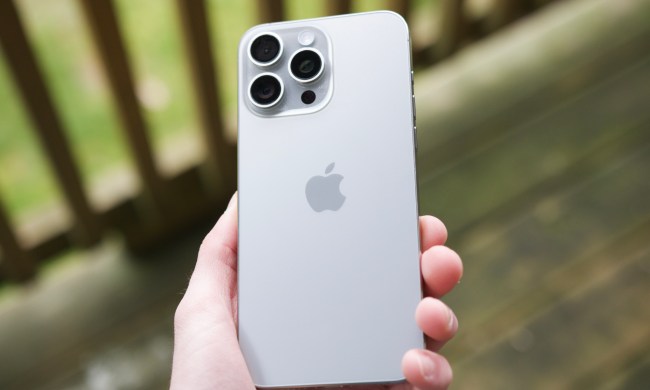Motion sickness — also called kinetosis — is a common problem. In fact, as many as one in three people have felt sick while in a vehicle. For those who suffer from it, reading in the car is practically impossible.
Apple introduced a feature that helps those prone to motion sickness use their phones without the accompanying nausea. Now, Google is working on a similar feature for Android phones.
According to Android Authority, the “Motion Cues” feature exists within the Google Play Store beta. The team discovered the feature in the Google Play Services v24.29.32 beta and was able to activate it. The way Motion Cues works is by displaying rows of animated dots onscreen that accompany the movement of the vehicle. It won’t completely cure motion sickness, but it should alleviate the worst of the symptoms. Just don’t load up Tolstoy on your Kindle if you have a long road trip.
Motion Cues has an option to automatically enable it while driving, but you can also easily turn it off and off through a Quick Settings option. However, depending on how sensitive you are to motion, you might want to leave it enabled all the time. You can see it in action in the video below.
There is no word on when, or even if, this feature will see a full release. When features like this are discovered in the depths of code, and especially when they’re this far along, it usually indicates an impending release — but there are no guarantees. It’s best to acknowledge this as a useful, interesting function that may or may not reach the end user.
Motion sickness has been the focus of quite a bit of research in the last decade. With the Apple Vision Pro made to be less likely to trigger simulator sickness and other advances, science has made a lot of strides toward better accessibility.




